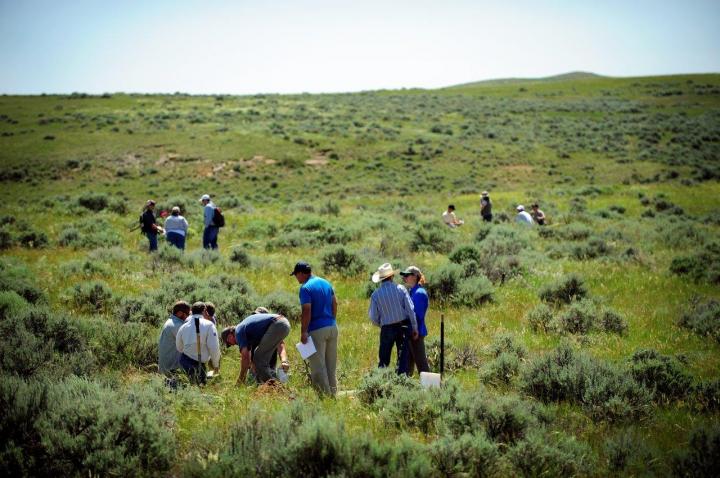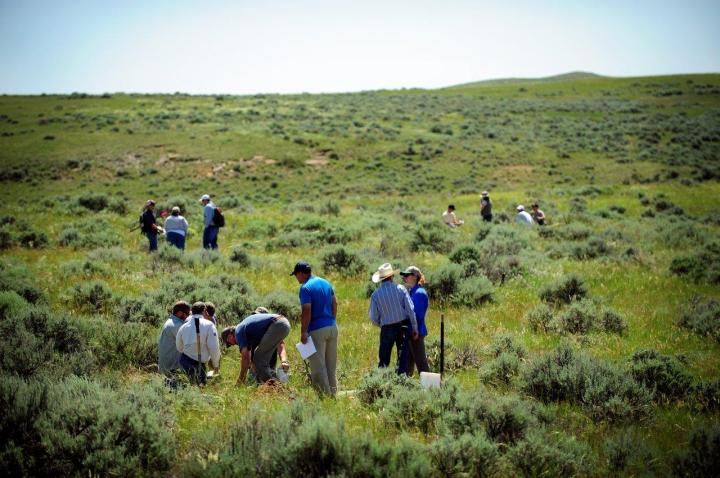
Credit: University of Wyoming
When grasslands feature a wide array of plant species, they provide a variety of benefits for humans and animals, including enhanced carbon storage capacity that can be quantified economically, according to a new scientific paper co-written by a University of Wyoming researcher.
And the ability to measure the economic value of biodiversity for enhancing carbon storage could help in making decisions about land management, the paper published in the journal Science Advances concludes.
Ed Barbier, the John S. Bugas Professor of Economics and Finance in the UW College of Business, was a co-author of "The economic value of grassland species for carbon storage," along with researchers from Northern Arizona University, the University of Illinois, the University of Minnesota, Australia's Western Sydney University, the University of Nebraska, Western Washington University and the University of Michigan.
"Biodiversity conservation may help increase carbon storage, but the value of this influence has been difficult to assess," the researchers wrote. "Our work … helps move beyond mere speculation about the economic importance of biodiversity and lends an economic argument to biodiversity preservation for climate protection."
Grasslands that feature diverse plant species have more carbon storage capacity than less-diverse grasslands, largely because the former produce more biomass, the researchers say. Plant species provide a wide variety of benefits, including products such as wood, food and biofuels, as well as services such as recreation, water purification, buffers against floods and support for animal biodiversity.
In land-use decision making, carbon storage capacity is a benefit that should be considered as well, the paper says. To reach their conclusion, the researchers looked at a grassland experiment in Minnesota as well as lands converted from crops to grasslands through the U.S. government's Conservation Reserve Program. They found that increasing the number of plant species from one to 10 had twice the value of increasing from one to two species, from the standpoint of carbon storage capacity.
That finding could, for example, support the idea of using more diverse seed mixes in prairie restoration projects, or keeping a prairie grassland instead of turning it into marginal agricultural land.
"At the very least, determining the additional carbon storage value gained with species richness should be taken into account in comparing different land use management options," the researchers wrote.
###
Widely published in natural resource and development economics as well as the interface between economics and ecology, Barbier has served as a consultant and policy analyst for a variety of national, international and nongovernmental agencies, including many United Nations organizations and the World Bank. He has written more than 300 peer-reviewed journal articles and book chapters, written or edited 22 books, and published in popular journals.
Media Contact
Edward Barbier
[email protected]
307-766-2358
http://www.uwyo.edu
############
Story Source: Materials provided by Scienmag





